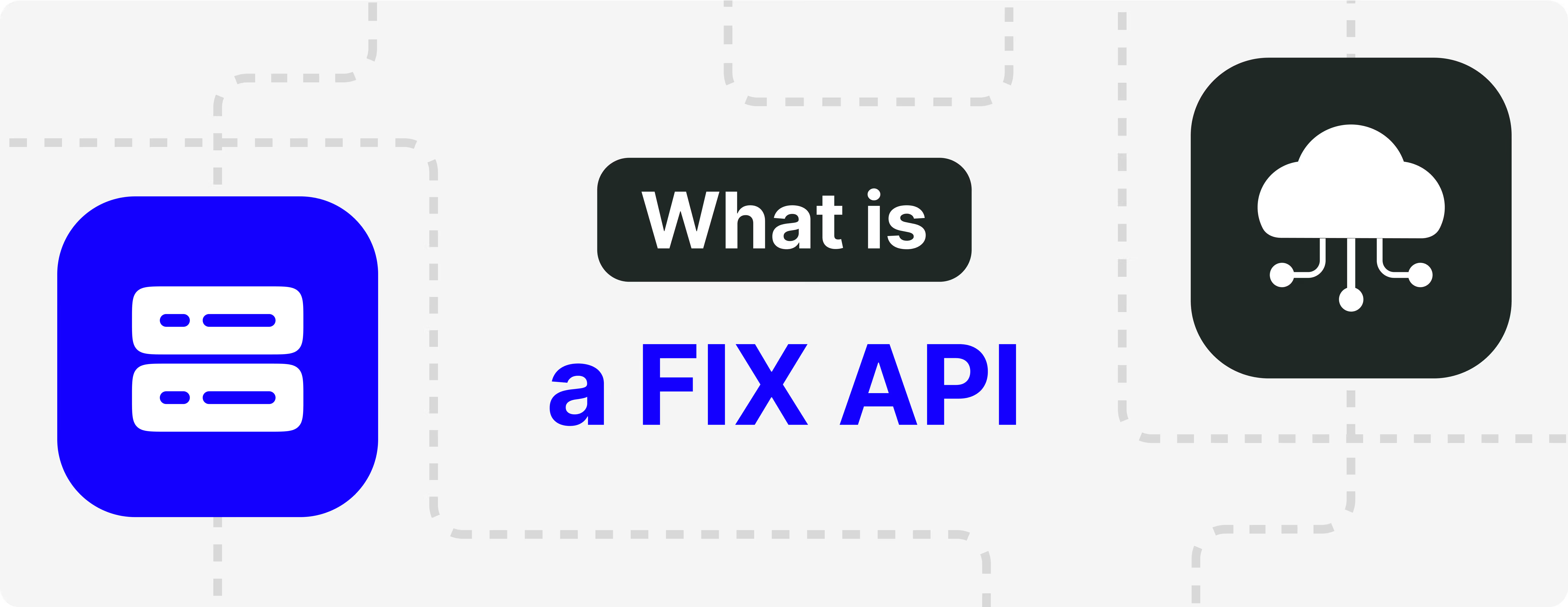
Markets
Our Products
FOREX
Experience the world's largest financial market with deep liquidity and fast execution times
Cryptocurrencies
Dive into Crypto world, renown for their dynamic price movements and high volatility
Metals
Gold, silver, platinum and more safe haven assets, ideal for hedging against inflation
NDFs
Manage currency risk in emerging markets with NDFs, offering a cost-effective solution for global expose
Indices
Access global stock market indices like S&P500 and FTSE100 to gain expose to the index's performance
Commodities
Gain access to global economies that are driven by supply and demand
Energies
Gain access to global economies that are driven by supply and demand
Platforms & Connectivity
Platforms
cTrader
cTrader is a leading trading platform with modern UI and advanced trade management features.
B2TRADER
A high performance trading platform with advanced features designed for fast execution, deep liquidity, and unique trading experience
TradingView
Leverage TradingView's advance charting capabilities with B2PRIME for a unified and unique trading experience.
Trading
Tools
Resources
Economic Calendar
cTrader is known to be one of the most advanced trading platforms on the market
cBots
cTrader is known to be one of the most advanced trading platforms on the market
Indices Tools
cTrader is known to be one of the most advanced trading platforms on the market
Commodities Tools
cTrader is known to be one of the most advanced trading platforms on the market
FOREX Tools
cTrader is known to be one of the most advanced trading platforms on the market
Crypto Tools
cTrader is known to be one of the most advanced trading platforms on the market

Markets
Our Products
FOREX
Experience the world's largest financial market with deep liquidity and fast execution times
Cryptocurrencies
Dive into Crypto world, renown for their dynamic price movements and high volatility
Metals
Gold, silver, platinum and more safe haven assets, ideal for hedging against inflation
NDFs
Manage currency risk in emerging markets with NDFs, offering a cost-effective solution for global expose
Indices
Access global stock market indices like S&P500 and FTSE100 to gain expose to the index's performance
Commodities
Gain access to global economies that are driven by supply and demand
Energies
Gain access to global economies that are driven by supply and demand
Platforms
Platforms
cTrader
cTrader is a leading trading platform with modern UI and advanced trade management features
B2TRADER
A high performance trading platform with advanced features designed for fast execution, deep liquidity, and unique trading experience.
TradingView
Leverage TradingView's advance charting capabilities with B2PRIME for a unified and unique trading experience
Connectivity
Connectivity
PrimeXM
A high-performance liquidity aggregation and connectivity solution for seamless trade execution
FIX API
A low-latency trading protocol enabling direct market access for high-speed execution
oneZero
A smart bridge and liquidity hub providing fast, reliable trade routing and risk management
Bridge for MT4/5
A solution that connects MetaTrader platforms to liquidity providers for efficient order execution
Trading

Markets
Our Products
FOREX
Experience the world's largest financial market with deep liquidity and fast execution times
Cryptocurrencies
Dive into Crypto world, renown for their dynamic price movements and high volatility
Metals
Gold, silver, platinum and more safe haven assets, ideal for hedging against inflation
NDFs
Manage currency risk in emerging markets with NDFs, offering a cost-effective solution for global expose
Indices
Access global stock market indices like S&P500 and FTSE100 to gain expose to the index's performance
Commodities
Gain access to global economies that are driven by supply and demand
Energies
Gain access to global economies that are driven by supply and demand
Platforms
Connectivity
Connectivity
PrimeXM
A high-performance liquidity aggregation and connectivity solution for seamless trade execution
FIX API
A low-latency trading protocol enabling direct market access for high-speed execution
oneZero
A smart bridge and liquidity hub providing fast, reliable trade routing and risk management
Bridge for MT4/5
A solution that connects MetaTrader platforms to liquidity providers for efficient order execution
FXCubic
Powerful liquidity aggregation and bridging technology delivering ultra-low latency, intelligent pricing, and seamless connectivity
Centroid
Comprehensive risk management and connectivity solutions tailored for institutions
B2CONNECT
Fast and simple access to liquidity pools on major crypto exchanges. Delivering the best trading experience to your customers.










